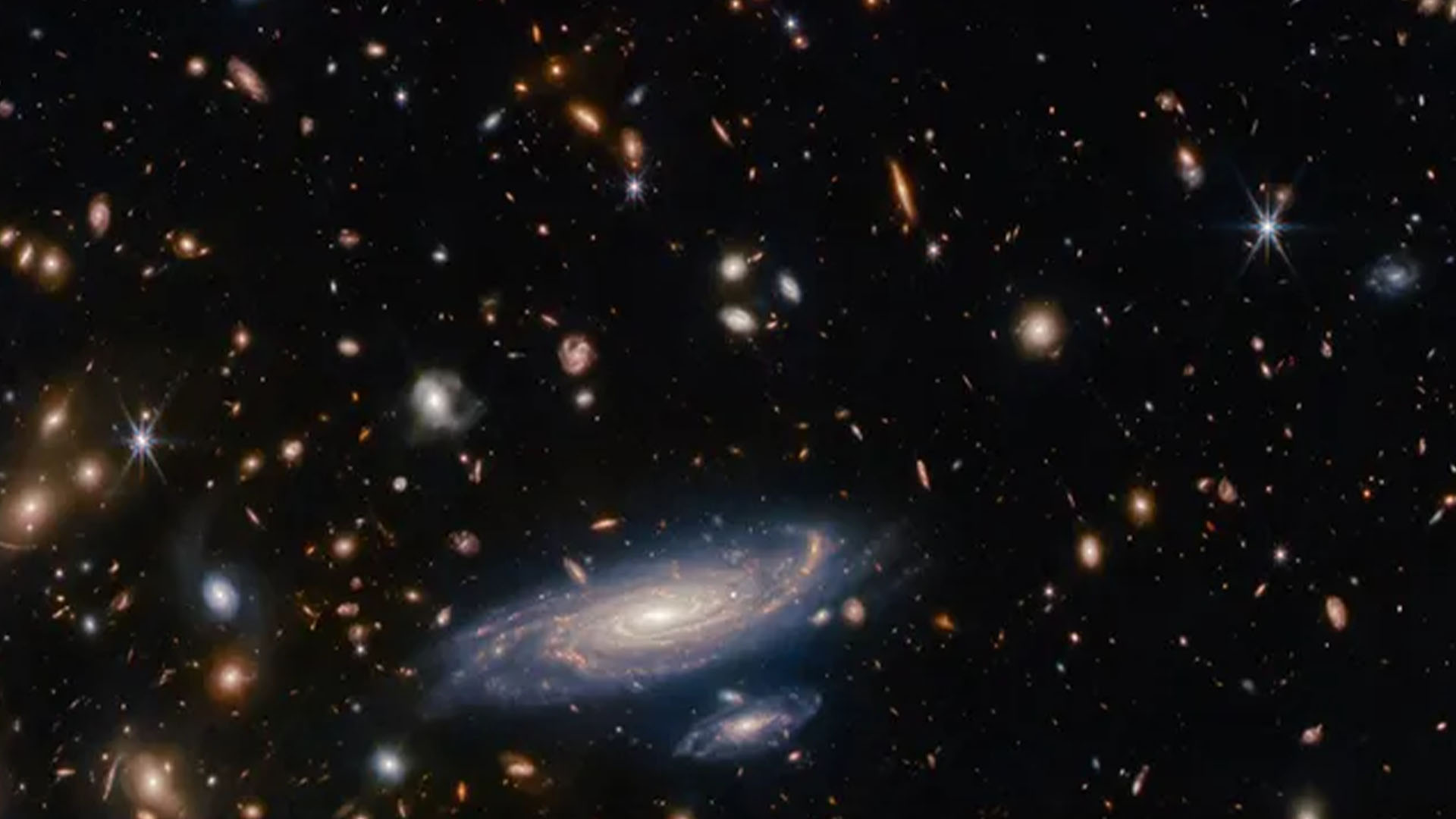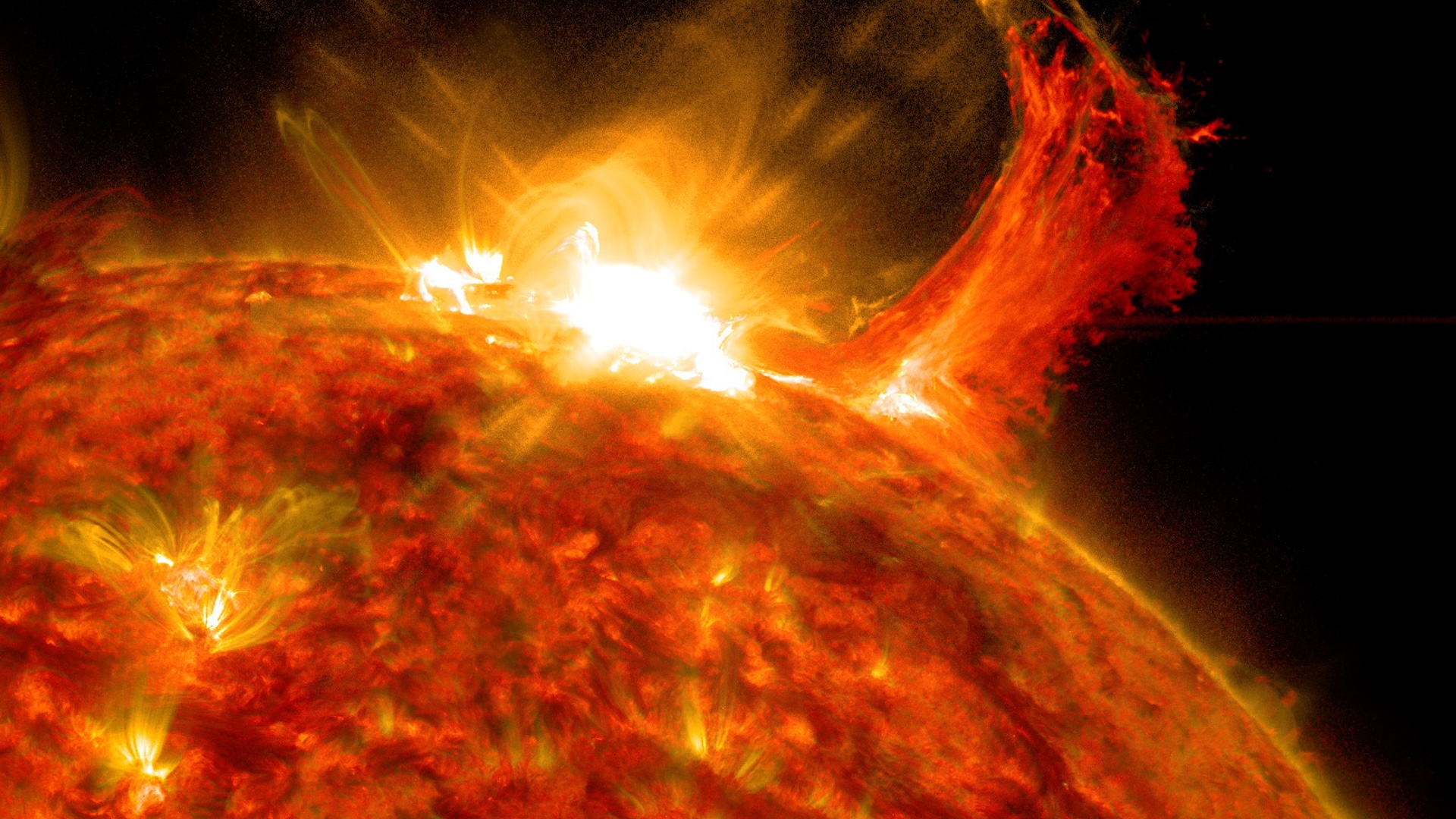stars
Latest about stars
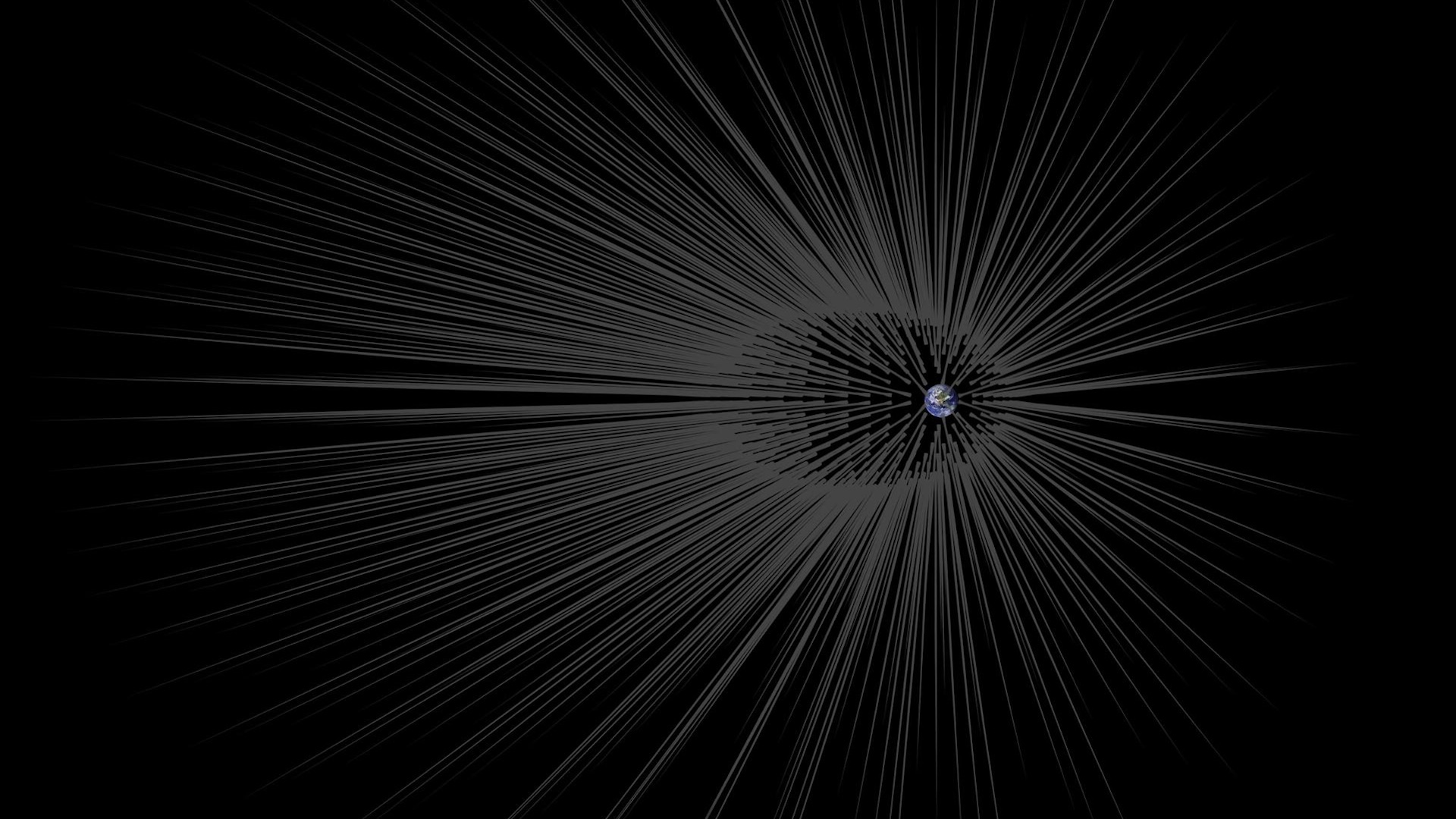
Something invisible and 'fuzzy' may lurk at the Milky Way's center, new research suggests
By Paul Sutter published
The cores of galaxies may not be made of what we thought, new research suggests — they could hold one giant, invisible star made of mysterious "fuzzy" matter.
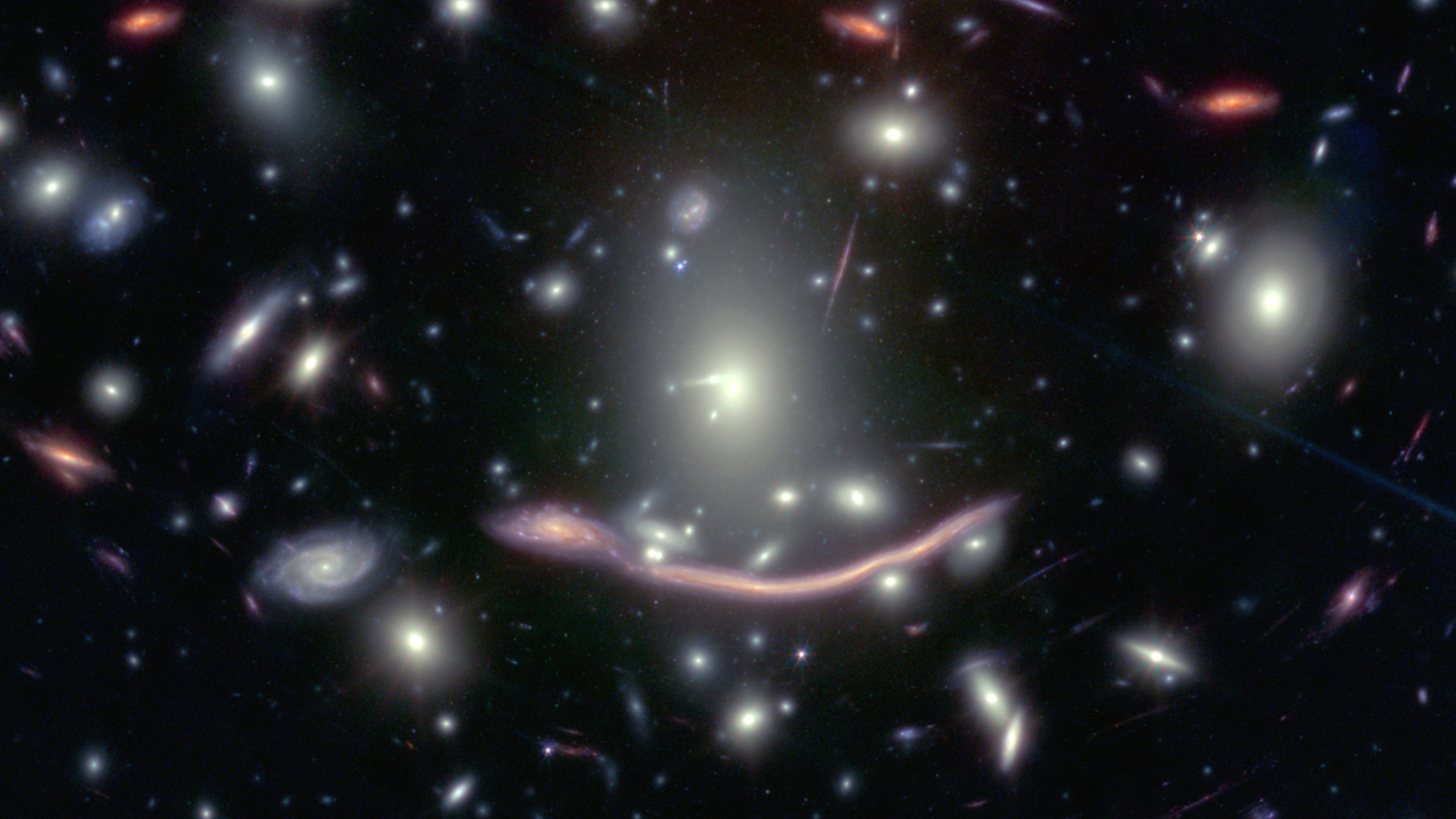
James Webb telescope spies record-breaking hoard of stars hiding in a warped 'dragon' galaxy
By Harry Baker published
Photos from the James Webb Space Telescope have revealed more than 40 stars within the gravitationally lensed "Dragon Arc" galaxy, 6.5 billion light-years from Earth. It is the largest group of individually imaged stars ever seen at such a distance.
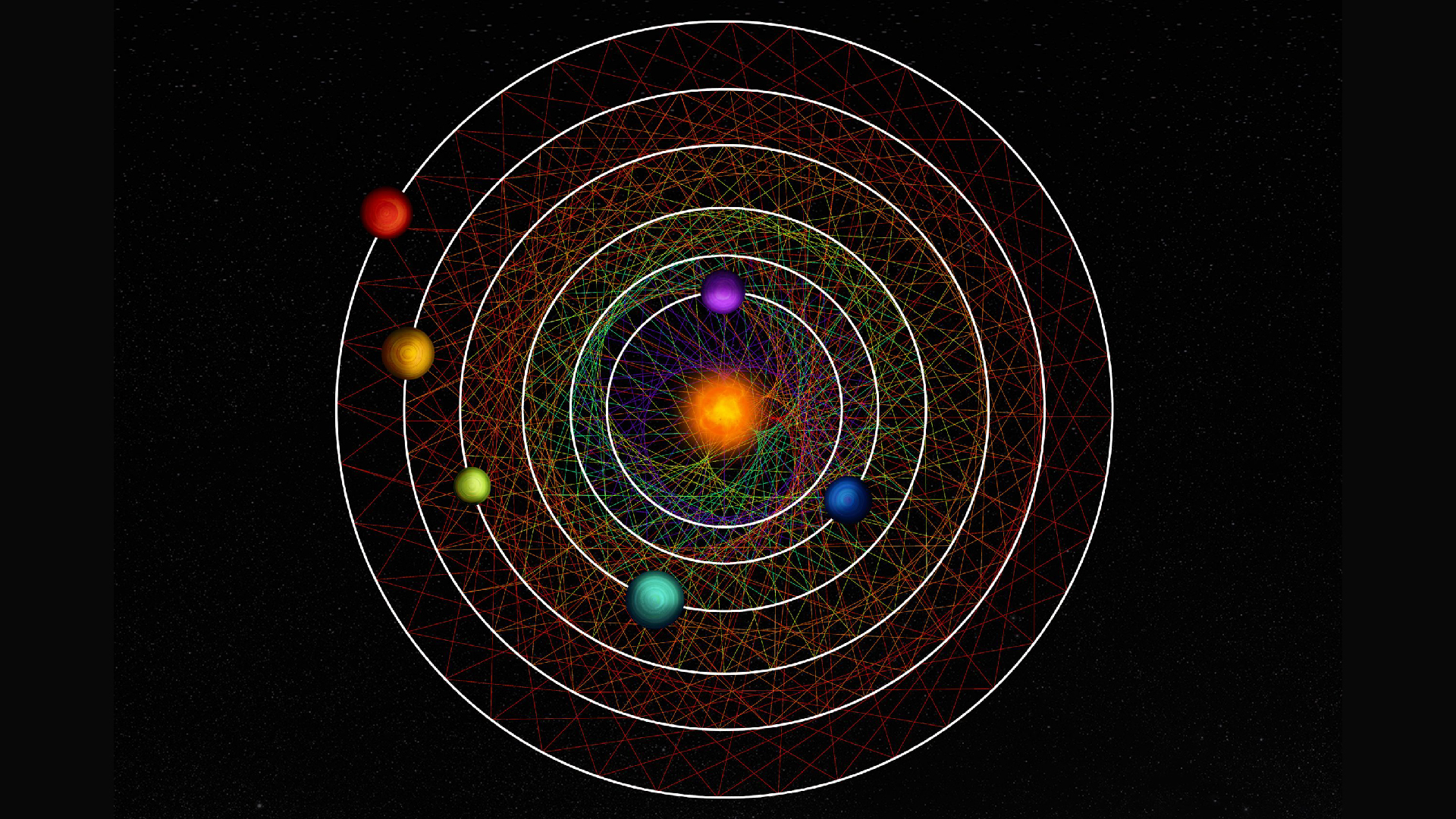
'Mathematically perfect' star system discovered 105 light-years from Earth may still be in its infancy. Could that change its prospects for life?
By Jenna Ahart published
Once thought to be 8 billion years old, the star HD 110067 — famous for its six synchronized exoplanets — may be only 2.5 billion years old, new research suggests.
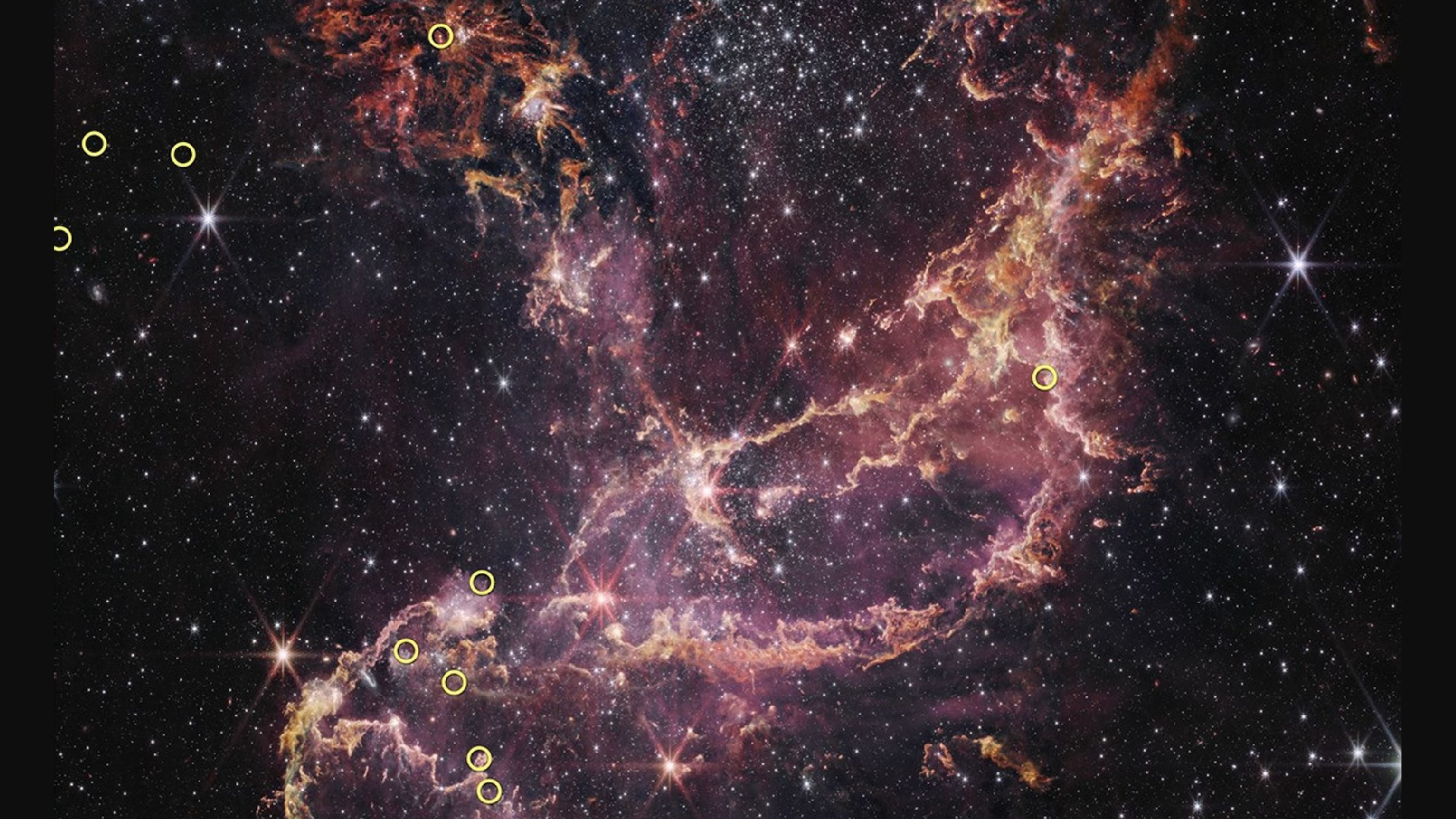
James Webb telescope solves 20-year-old Hubble conundrum — and it could finally explain why the universe's oldest planets exist
By Stephanie Pappas published
The James Webb Space Telescope has confirmed 20-year-old Hubble observations that could finally explain how ancient stars can host massive planets.
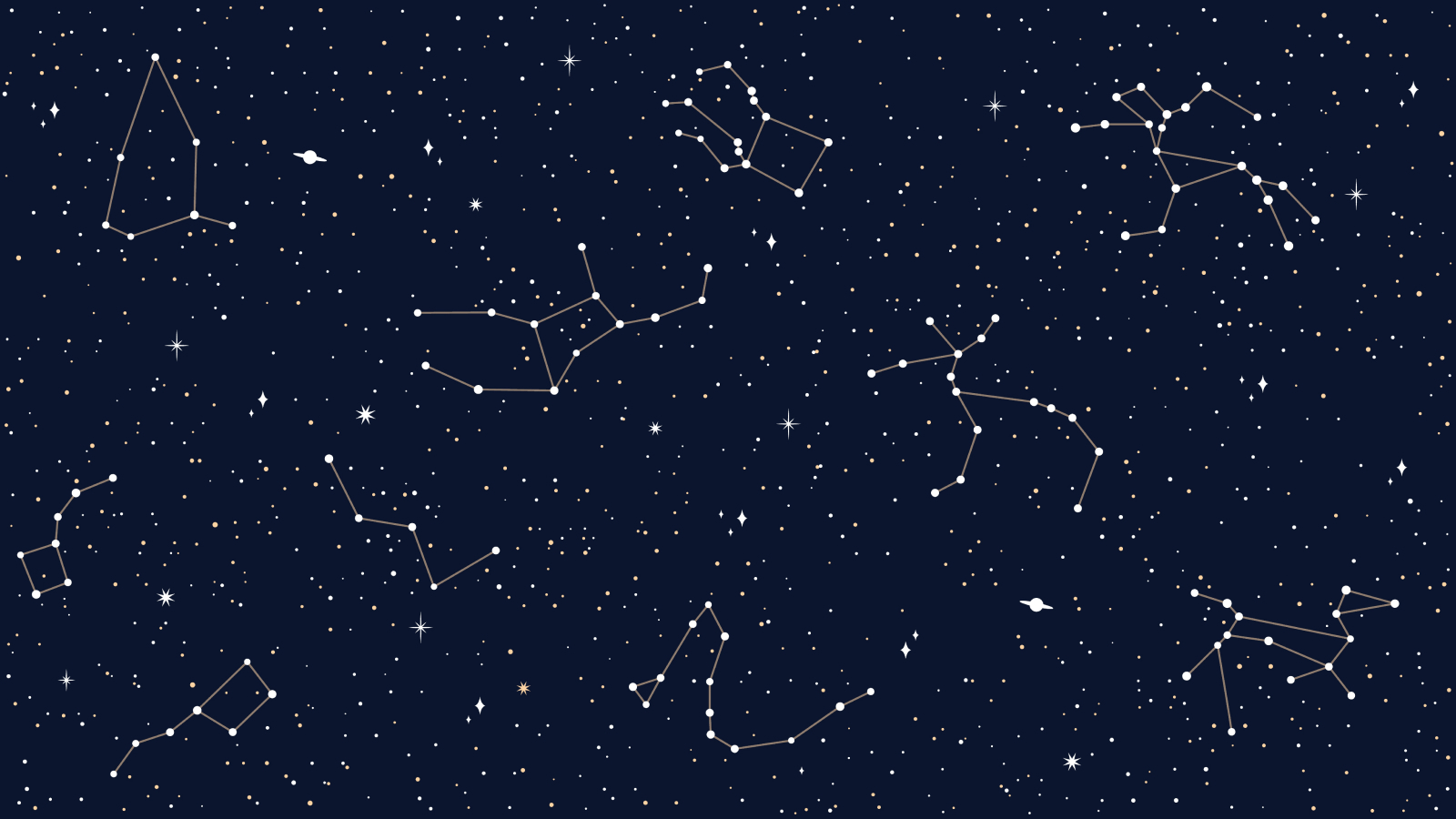
Constellations quiz: Can you name all the animals, objects and mythological figures hiding in the night sky?
By Harry Baker published
Quiz Think you know your constellations? See how many star groups you can name in 10 minutes and try to top the leaderboard.
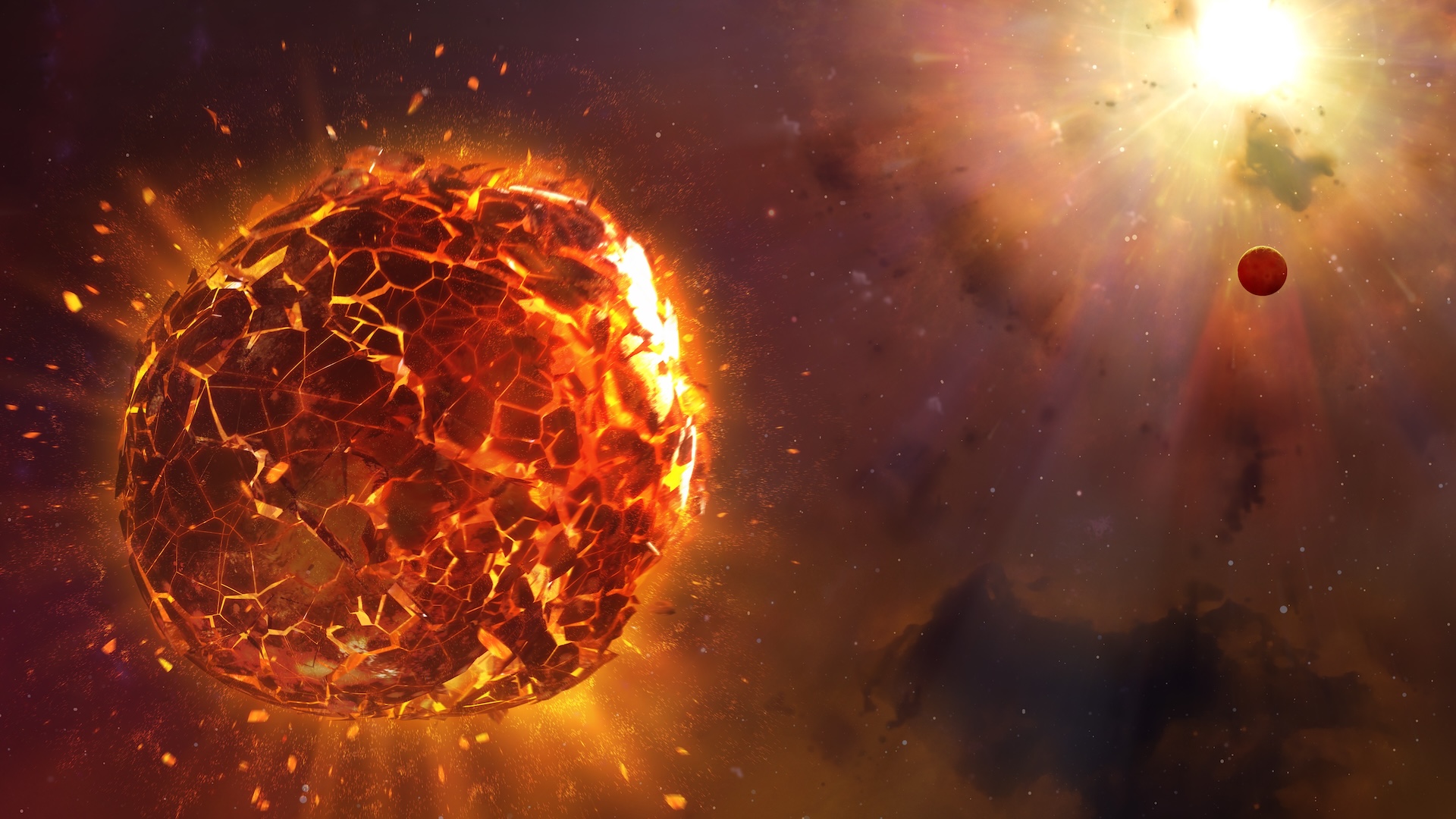
Could a supernova ever destroy Earth?
By Paul Sutter published
When stars explode as supernovas, they can cause serious cosmic carnage. Is Earth in any danger from any nearby stars?
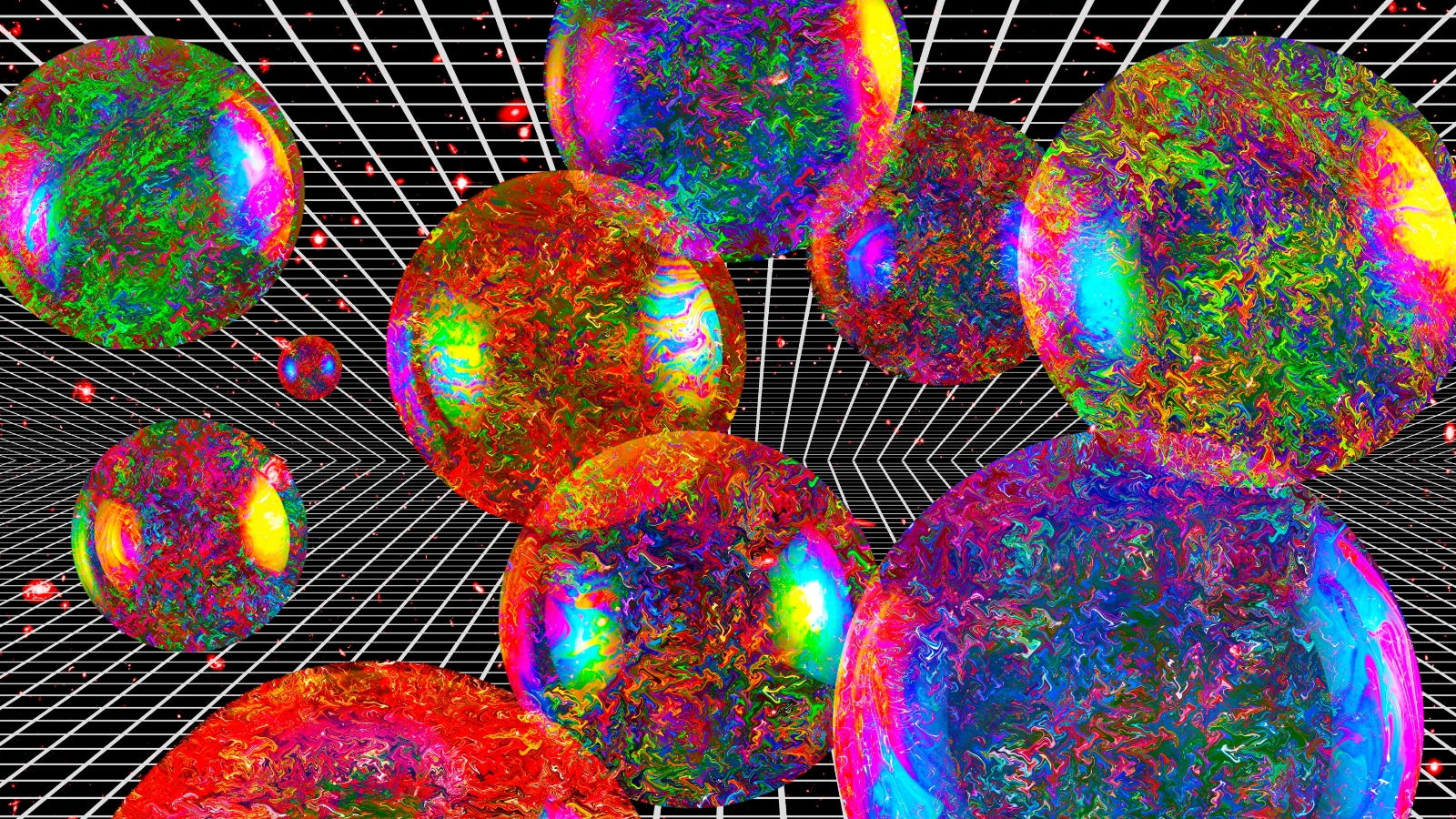
It would be easier to find aliens in a parallel universe than in our own, new multiverse study claims
By Harry Baker published
A new model based on the famous alien-hunting Drake equation suggests that some parallel universes within the hypothetical "multiverse" could have higher chances of containing extraterrestrial life than our universe.
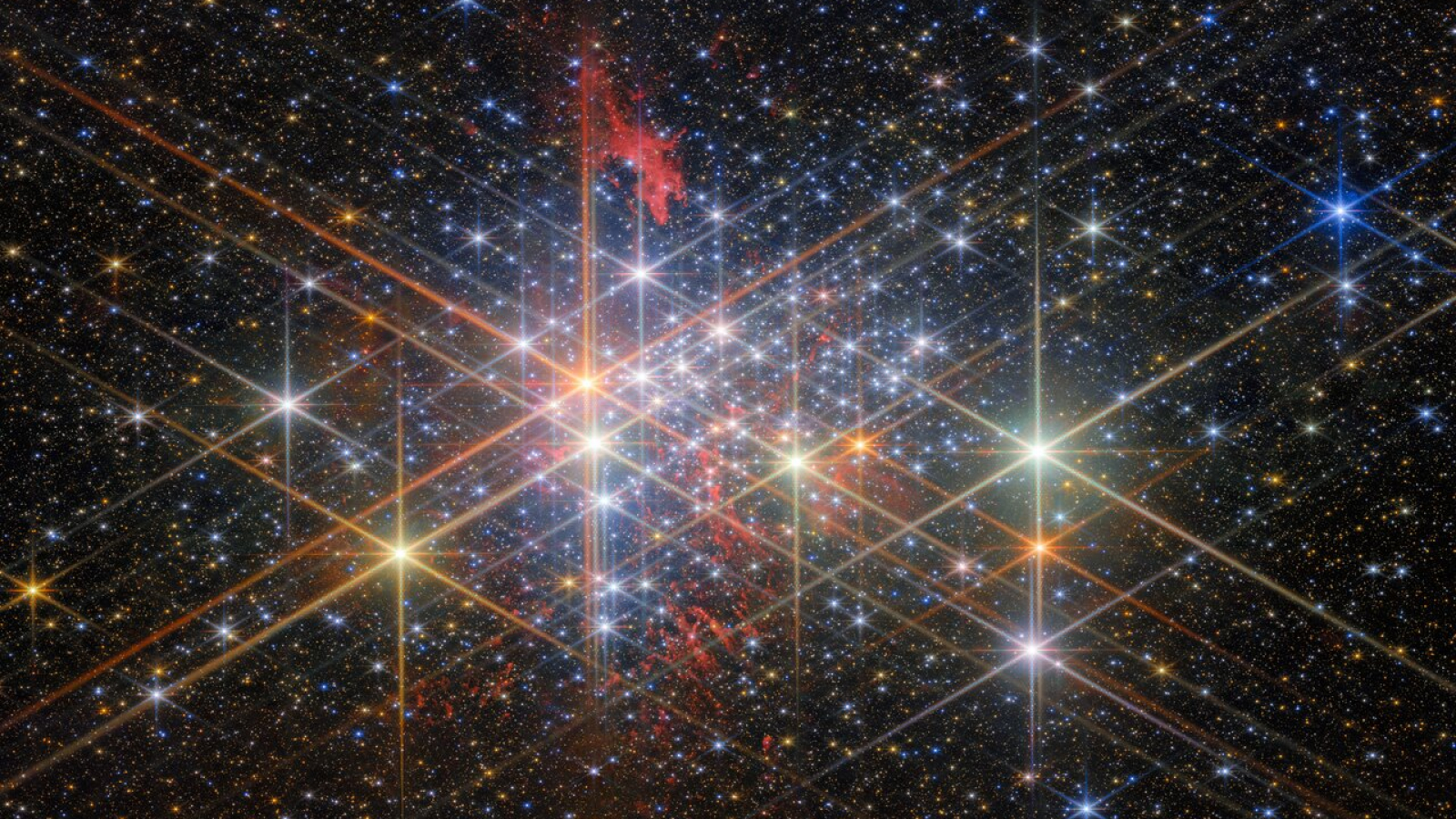
42 jaw-dropping James Webb Space Telescope images
By Brandon Specktor last updated
From nebulas and black holes to baby star nurseries and ancient collisions, the universe has never looked more beautiful thanks to NASA's $10 billion-telescope.
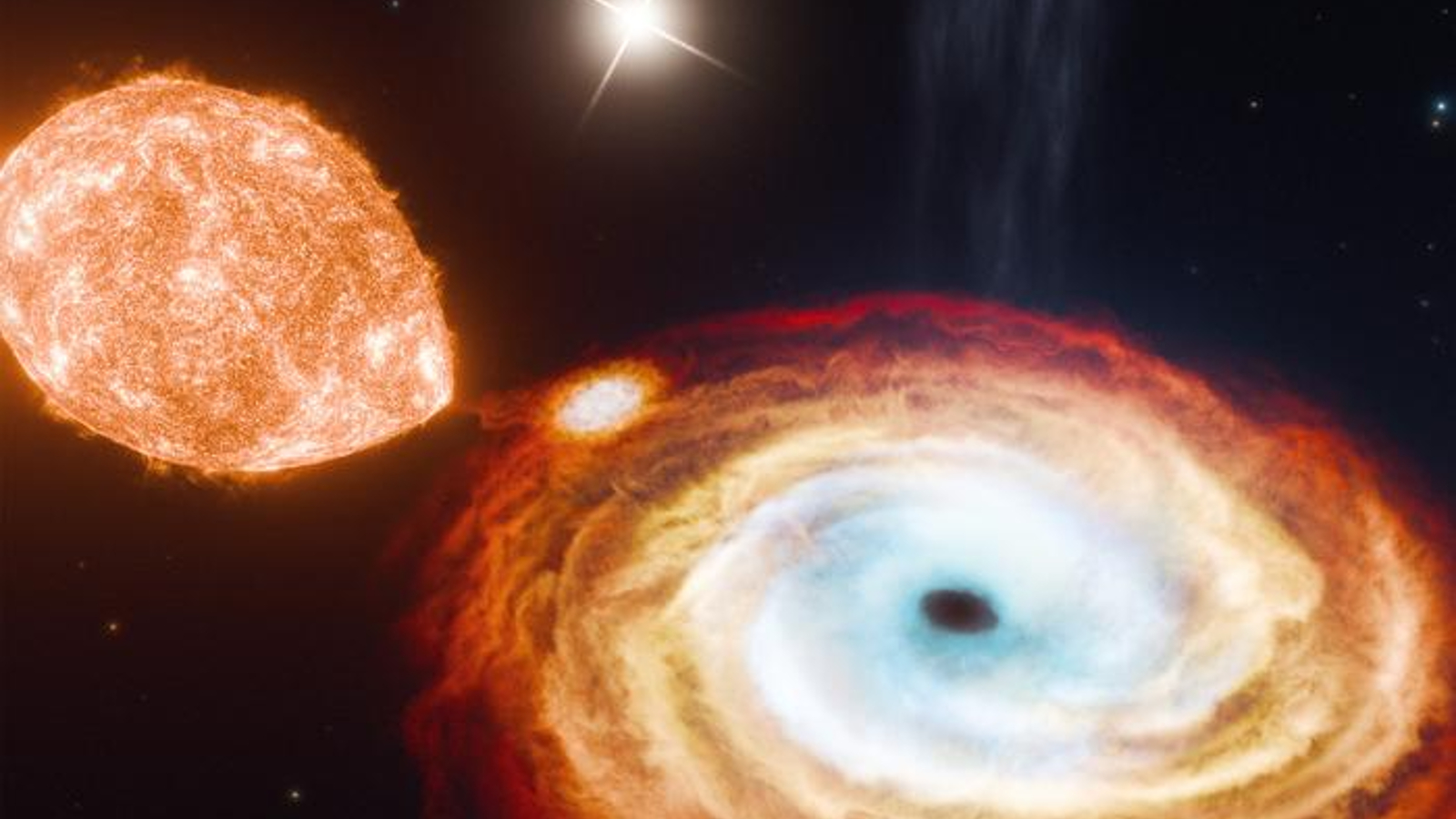
Accidental discovery of 1st-ever 'black hole triple' system challenges what we know about how singularities form
By Harry Baker published
Researchers spotted a second distant star orbiting a well-known black hole and its stellar companion in a never-before-seen gravitational triad. The system's unique configuration suggests that the black hole was not created as scientists initially expected.
Get the world’s most fascinating discoveries delivered straight to your inbox.
